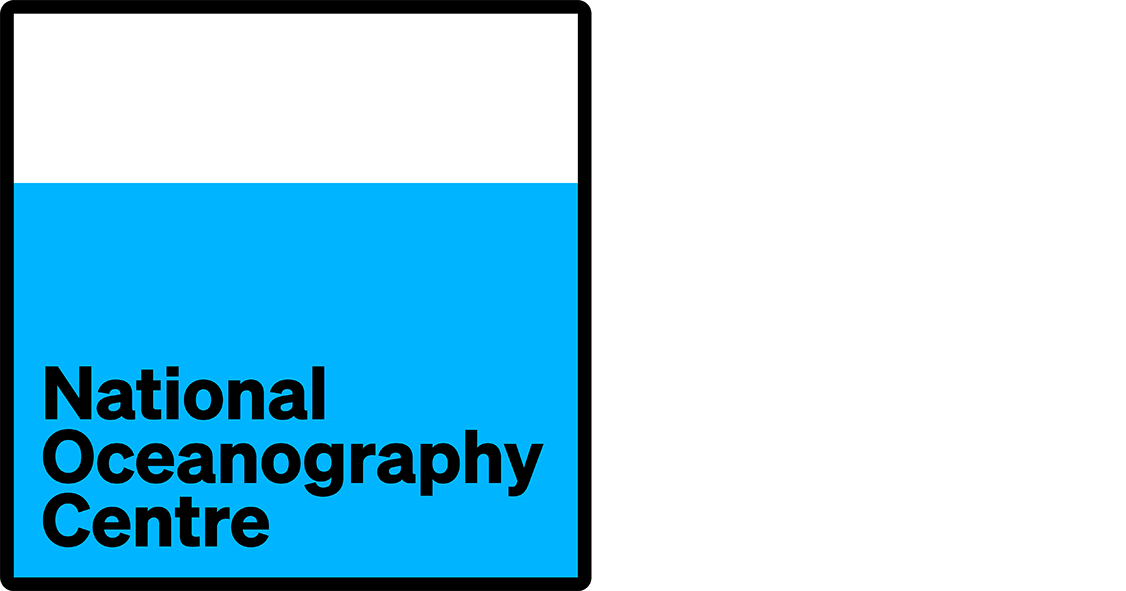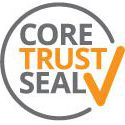- Submit data
- Submission guidelines
- Underway data
Underway data submission
BODC aims to ensure that all data incorporated into our database are adequately documented to allow long term viability and future access. Therefore, key data set information (metadata) are important for each data set we receive.
Information specific to underway data are described below. Metadata should be supplied in our metadata submission template, however we are able to accept metadata in any format. Please do not be discouraged from sending us data even if some of the information is unavailable. We fully understand that there are many reasons why the standards specified may not be completely achieved.
BODC undertakes the processing of underway data collected on cruises associated with projects for which we provide an agreed data management role. If you wish to submit data for one of these please contact the Data Manager for the project.
Instructions for general data submissions and other data types are also available.
Data standard
Ideally, data should be provided as a time series of averages and should be merged with the navigation data. It is advisable that each cruise constitute a single file with one averaged value per parameter, per record. We recommend an averaging interval of one minute in shelf sea areas or two minutes in the open ocean. A record should consist of date, time, navigation; all observed parameters and the number of raw observations used in the average. All relevant corrections and calibrations (laboratory and field) should be applied to the data. Sample data collected for calibration purposes should also be provided.
If the navigation data have not been merged with the observed data, they may be submitted as a separate file. This should be linkable using date and time. The navigation position should be applicable to the middle of the averaging interval.
Metadata specific to surface underway data
Underway collection details
- Ship and cruise identifier.
- Project (if applicable).
- Date/time of the start/end of the sampling.
- Location of the all individual sensors (water inlet and meteorological).
- Method of positional fixing (i.e. GPS, DGPS).
- Depth of the water intake.
- Flow volume per unit time, flow rate, size of water line.
- Time lag for water moving between sensors (if applicable).
- Any other pertinent information (e.g. shading of PAR sensor)
Instrument details
- Instrument description, reference number, manufacturer, model, principle of measurement, method of recording - provide a literature reference, web site reference or briefly describe. Include - accuracy, resolution and response range of individual sensors.
- Instrument modifications and their effect on the data.
Sample data - for calibration purposes
- Details of water sampling system (automatic - manufacturer, model, number serial number or manual).
- Water sampling method, volume and time interval.
- Details of analyses and the elapsed time between collection and analysis.
Corrections and calibrations
- Correction for time lag between sensors.
- Correction for ships movement — for wind speed and direction.
- Report on any other corrections made (e.g. correction for increase in water temperature due to flow through ships intake lines).
- Laboratory calibrations.
- In situ calibrations (i.e. comparisons with lowered near surface CTD or water samples).
Data sampling/processing
- Filtering, de-spiking or smoothing methods.
- Editing and quality control methods.
- Quality control report.
Further information can be found at OceanBestPractices.


